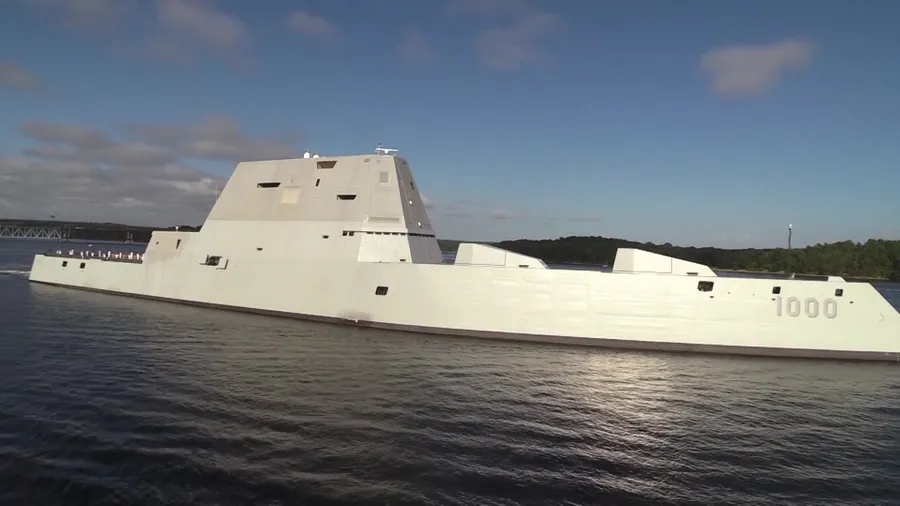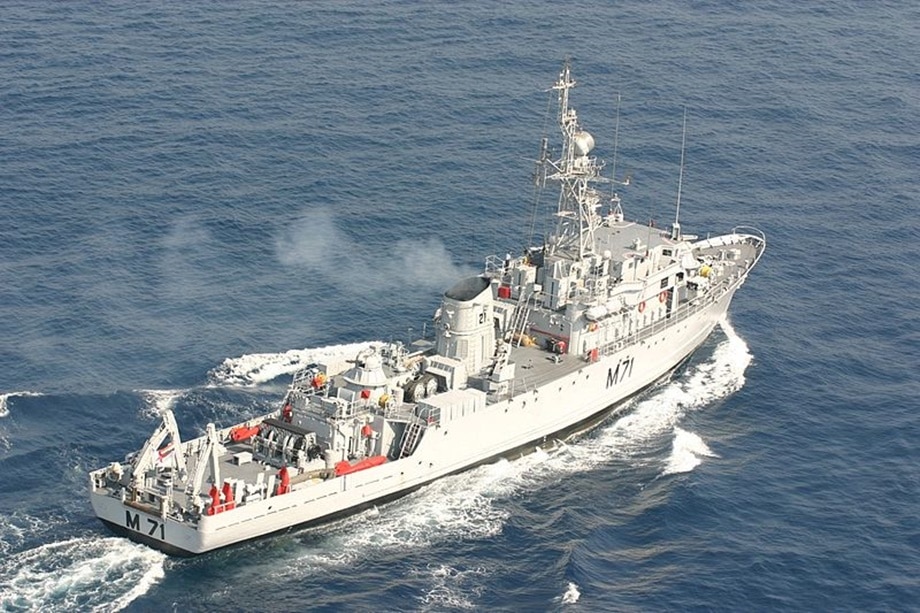
Types of Naval Ships in Defense: A Complete Guide to Modern
Maritime powers frame a basic column of national defense, ensuring a nation’s oceanic boundaries and anticipating control over worldwide waters. Advanced naval forces utilize an assorted extent of maritime ships, each planned for particular operational parts. Understanding the types of naval ships in defense is fundamental for military devotees, defense examiners, and anybody interested in sea security.
1. Airship Carriers
Aircraft carriers are the biggest and most capable ships in a naval force, frequently serving as the lead of an armada. They act as drifting airbases, competent in propelling and recuperating airplanes and counting warrior planes, helicopters, and observation planes.
Key roles:
- Power projection in universal waters
- Air predominance in maritime operations
- Humanitarian help amid common disasters
Aircraft carriers are central to maritime procedure due to their capacity to work freely without depending on arrival bases. Advanced carriers, like the U.S. Navy’s Gerald R. Ford-class, combine advanced radar frameworks, stealth innovation, and high-speed dispatch capabilities.
2. Destroyers
Destroyers are quick, maneuverable warships planned to escort bigger vessels, such as flying machine carriers, and to protect them from dangers like submarines, airships, and rockets. They are prepared with advanced weaponry, including rockets, torpedoes, and maritime guns.
Roles and features:
- Anti-aircraft and anti-submarine warfare
- Escort and security missions
- Long-range strike capabilities
Destroyers, such as the Arleigh Burke-class in the U.S. Naval force, are indispensable to a cutting-edge maritime armada due to their flexibility and high combat efficiency.
3. Frigates
Frigates are medium-sized warships, smaller than destroyers but bigger than corvettes. They are essentially utilized for escort obligations and anti-submarine warfare.
Key functions:
- Protecting vendor and military vessels
- Patrolling ocean lanes
- Surveillance and reconnaissance
Frigates frequently work in armadas, giving adaptability and fast reaction to oceanic dangers. Cases incorporate the Indian Navy’s Shivalik-class and the Royal Navy’s Type 26 frigates.
4. Submarines

Submarines are stealthy maritime vessels able to work submerged for amplified periods. They play an imperative part in both hostile and cautious operations.
Types of submarines:
- Attack submarines: Target adversary ships and submarines
- Ballistic rocket submarines: Serve as an atomic deterrent
- Diesel-electric submarines: Work in coastal defense missions
Submarines give key points of interest due to their capacity to stay undetected, conduct reconnaissance, and dispatch shock assaults, making them a foundation of maritime defense.
Read Also:- Naval Surface Warfare Center
5. Corvettes
Corvettes are little, quick, and delicately equipped ships planned for coastal defense. They are perfect for watching regional waters, locked in anti-submarine fighting, and giving rapid-response capabilities.
Functions include:
- Coastal watch and defense
- Anti-piracy operations
- Surveillance of oceanic borders
Modern corvettes, like the Visakhapatnam-class of the Indian Naval Force, combine speed with advanced weapon frameworks to counter territorial dangers effectively.
6. Land and water capable Ambush Ships
Amphibious ambush ships are specialized vessels capable of sending troops, vehicles, and gear onto shorelines. They combine maritime and arrival combat capabilities.
Roles:
- Conducting land- and water-capable operations
- Supporting marine and extraordinary strengths missions
- Disaster alleviation and compassionate aid
These ships are basic in control projection, especially in districts where quick arrangement of strengths is necessary.
7. Watch Vessels and Coastal Ships
Patrol vessels are little maritime ships entrusted with observing and securing coastal zones. They are imperative for oceanic law requirements, anti-smuggling operations, and look and protect missions.
Key duties:
- Coastal defense and surveillance
- Protecting fisheries and shipping lanes
- Intercepting illicit activities
Patrol pontoons are dexterous, cost-effective, and able to work in shallow waters, making them pivotal for country security.
8. Mine Countermeasure Vessels

Mine countermeasure vessels (MCMVs) are specialized ships planned to distinguish and neutralize maritime mines. Mines pose critical dangers to maritime operations, making these ships crucial for armada safety.
Functions include:
- Detecting and clearing maritime mines
- Ensuring a secure section for bigger vessels
- Supporting land- and water-capable and caravan operations
Modern MCMVs utilize advanced sonar, remotely operated vehicles, and specialized gear to securely evacuate mines from basic waterways.
9. Back and Assistant Ships
Support vessels, also known as assistant ships, give basic calculated and operational support back to maritime armadas. They incorporate renewal ships, clinic ships, and repair vessels.
Roles:
- Supplying fuel, ammo, and provisions
- Conducting therapeutic and protective operations
- Assisting in armada maintenance
These ships guarantee supported operations, permitting combat vessels to stay convoyed for amplified periods without returning to port.
Importance of Understanding Maritime Dispatch Types
Knowledge of maritime dispatch sorts in defense is basic for vital arranging, oceanic security, and defense readiness. Advanced naval forces depend on an adjusted armada comprising flying machine carriers, destroyers, frigates, submarines, and assistant ships. Each course serves a special part, and their combined capabilities make an imposing maritime presence.
By understanding these ships’ capacities, parts, and innovative headways, defense investigators and devotees can better appreciate the complexities of advanced maritime warfare.
Read More:- Inside Osborne Naval Shipyard
Conclusion
From flying machine carriers that rule the open oceans to stealthy submarines working undetected, the differing qualities of maritime ships reflect the multifaceted nature of sea defense. Each transport sort, whether a corvette watching coastal waters or a frigate locked in anti-submarine operations, plays a vital part in keeping up national security and anticipating maritime power.
Modern defense procedures continue to advance, consolidating progressed innovations in shipbuilding, weapon frameworks, and maritime strategies. Understanding the types of naval ships in defense not onlygives understanding into military capabilities but also highlights the basic significance of maritime control in shielding countries around the world.
 The Defence Blog
The Defence Blog